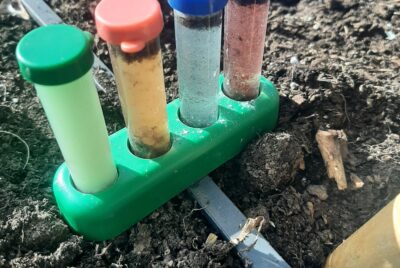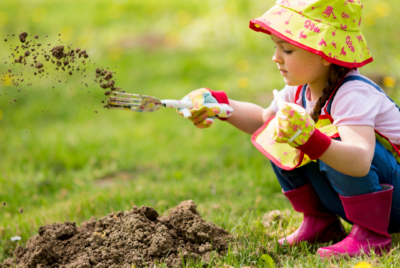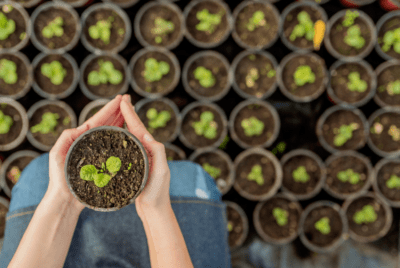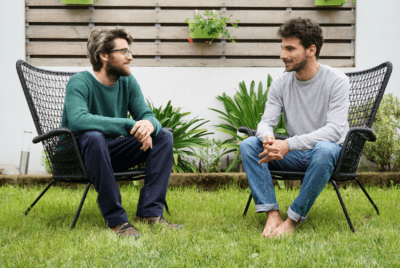RESEARCH
Sensory Gardens: A Multidisciplinary Effort
Summary
The research highlights the need for better design considerations in sensory environments, noting that while many exist, their design often lacks sufficient thought. It aims to understand user behaviour and perceptions in these gardens and the challenges faced by designers. The study acknowledges that research into sensory gardens for children with exceptional needs is relatively new in Malaysia and indicates that the construction of Malaysia’s first sensory garden at Al-Bukhary International University was informed by this work. Preliminary interviews with experts and practitioners revealed common issues including assuming user needs without understanding their behaviour, poor maintenance affecting sensory impact, and a lack of detailed design guidelines specifically for people with disabilities.
The study employed a case-study methodology, adapting research on inclusive parks, and focused on two sensory garden sites in the UK: the Royal School for the Deaf and Communication Disorders (RSDCD) and Lyndale School (LS). Data collection involved interviews with practitioners, teachers, and therapists to understand design intentions, challenges, and perceived benefits. This was complemented by seven consecutive working days of observation over two months at each school to record on-site activities and daily variations in behaviour. A significant finding was that there was often a notable difference between how practitioners and school staff anticipated users would behave and what was actually recorded during the observation periods. Observation results showed that the layout of the circulation network significantly influenced user behaviour and the amount of time spent in different areas of the garden. Furthermore, areas that focused more on sensory experience, rather than just aesthetic value, appeared to attract more users who also tended to spend longer periods there.







